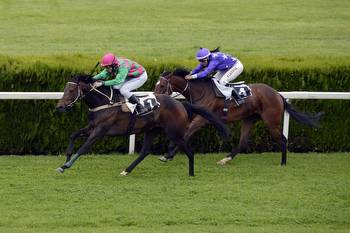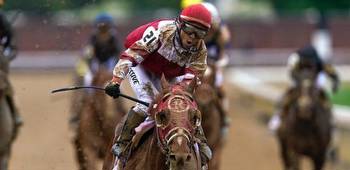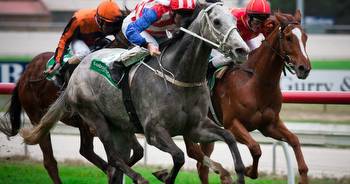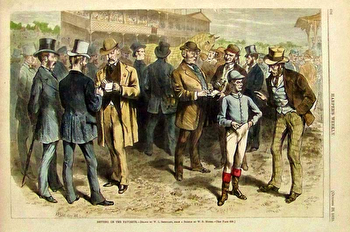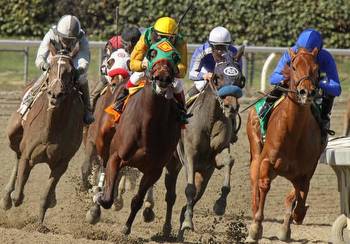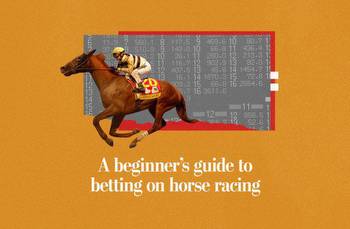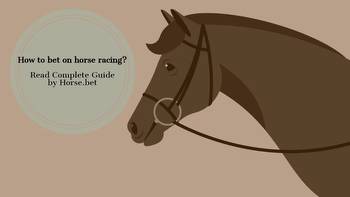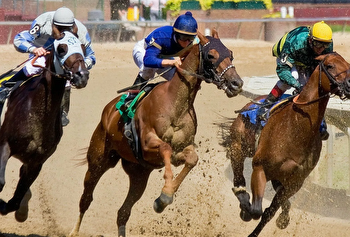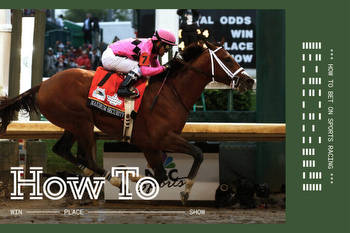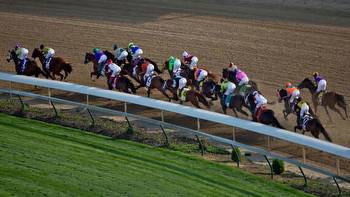Effective strategies for betting in horse racing

Betting in horse racing it requires a well-calculated strategy and keen insight into the sport. Picture Shutterstock
This article is in partnership with Neds.
Horse racing, an exhilarating sport of speed and strategy, has captivated audiences worldwide for centuries. The thrill of backing the right horse and the suspense of waiting for the outcome are integral parts of the experience. However, betting in horse racing is not just about luck; it requires a well-calculated strategy and keen insight into the sport.
By familiarising yourself with the latest horse racing odds, you gain a competitive edge, enhancing your chances of making successful bets. So it's important to if you're serious about making the most of your bets. This guide will delve into effective strategies for betting in horse racing, helping you make the most of your wagering experiences.
Strategy 1: Use a key
A strategy often referred to as "Key Betting" involves choosing a single, strong contender to be the foundation for multiple betting combinations. It capitalises on your confidence in a particular horse's victory, facilitating potential winnings from the horses that finish after the key or in subsequent races.
For instance, if you believe horse No. 1 is the most likely victor of a race, you would designate this horse as your "key". One popular application of the key is in exacta or trifecta bets, where you would pick the No.1 horse to win and then select two or three other horses to complete the second and third positions in no particular order.
Additionally, the key strategy can also be beneficial in double, pick 3, and pick 4 wagers, where the objective is to predict the victors of two, three, and four consecutive races, respectively. When you opt for a key horse in these bets, the number of selections and the overall cost of the ticket decrease significantly, making this a cost-effective strategy.
Strategy 2: The Dutching approach
The Dutching technique is a sophisticated wagering strategy in horse racing that involves distributing your stake over multiple horses within a single race to optimise the chances of a profitable outcome. Dutching's mission is to structure your bets to ensure an identical return regardless of which horse crosses the finish line first.
An example to illustrate the Dutching approach in horse racing could be a punter desiring to place a total stake of $100 on a particular race. According to the odds board, the No. 1 horse has a 30 per cent probability of securing victory, the No. 2 horse carries a 25 per cent probability, and the No. 7 horse has a 20 per cent chance of clinching the title. The punter then strategically distributes their $100 stake across the three horses to ensure an even return, irrespective of which of these horses triumphs.
Though the Dutching strategy might seem complicated to beginners in horse race betting, there are Dutching calculators available to assist in stake distribution. To continue with the previous example, the punter could place $43.48 on the No. 1 horse, $36.96 on the No. 2 horse, and $19.57 on the No. 7 horse.
If either of the three horses wins the race, the punter stands to gain a profit of $91.30. However, there's always the risk of all three horses underperforming, leading to a potential total wager loss.
Strategy 3: The Yankee bet method
A Yankee bet in horse racing is a strategic wager involving four chosen horses and relies on all possible doubles, triples, and an accumulator. This signifies that if a minimum of two out of the selected four horses achieve victory or a high placement in their particular races, the bettor is entitled to a return. If three or all four horses are successful, it could result in a considerable payout.
For instance, in horse racing, a Yankee bet might resemble this: A punter selects four horses for four different races, including Horse No. 1, Horse No. 3, Horse No. 9, and Horse No. 12. Establishing a Yankee bet means placing 11 distinct bets as detailed below:
Six doubles include bets on Horse No. 1 and Horse No. 3, Horse No. 1 and Horse No. 9, Horse No. 1 and Horse No. 12, Horse No. 3 and Horse No. 9, Horse No. 3 and Horse No. 12, and finally, Horse No. 9 and Horse No. 12.
Four trebles involve bets on Horse No. 1, Horse No. 3, and Horse No. 9, Horse No. 1, Horse No. 3, and Horse No. 12, Horse No. 1, Horse No. 9, and Horse No. 12, and finally, Horse No. 3, Horse No. 9, and Horse No. 12.
One four-fold accumulator includes bets on Horse No. 1, Horse No. 3, Horse No. 9, and Horse No. 12.
If two of the horses are victorious or place, the bettor will receive a return on their wager. If three or all four horses are victorious or place, the winnings from each individual bet accumulate, leading to a significantly larger payout.
Conclusively, the Yankee bet is a widely employed and potentially beneficial horse racing betting strategy. However, it necessitates meticulous assessment and examination of the horses and their respective races.
Horse racing betting tactics: Understanding exacta, trifecta, and superfecta wagers
The concept of exacta betting in horse racing
An exacta bet in horse racing is a wager that requires bettors to accurately predict the top two finishers in a race in their exact order of finish. This type of bet presents a higher level of difficulty compared to straightforward win or place bets, since it necessitates the correct prediction of two horses' finishing positions rather than just one. However, the increased complexity of an exacta bet also means potentially larger winnings than those offered by win or place bets.
The principle of trifecta betting in horse racing
A trifecta bet in horse racing is a wager that takes exacta betting a step further. In this type of bet, bettors must accurately forecast the first, second, and third place finishers in a race in their precise order. This means that trifecta bets are even more challenging than exacta bets, but they also offer potentially larger payouts.
The notion of superfecta betting in horse racing
Expanding upon the trifecta betting concept, a superfecta bet in horse racing involves predicting the first, second, third, and fourth horses to cross the finish line in their exact order. This is by far the most challenging type of bet, reflected in the typically low minimum stake for a superfecta wager, which can be as low as $1. However, given the high level of difficulty associated with superfecta betting, some betting platforms allow even lower stakes, sometimes as low as $0.50 or even $0.10.
Wrapping up
When it comes to horse racing betting, there is no shortage of wagering options available for punters. Different betting strategies offer different levels of complexity and profitability. However, an in-depth understanding of the available strategies and approaches to horse racing betting is absolutely essential if you aim to maximise your potential winnings and gain a competitive edge over other bettors.
Given the current level of competition among punters, it is important to stay up-to-date with the latest news and trends in horse racing betting. Doing so will help you remain informed of any potential changes to existing strategies or the introduction of new ones that could potentially amplify your betting success.
Gamble responsibly. Contact the Gambling Helpline for free and confidential support, information and counselling on 1800 858 858 or visit www.gamblinghelponline.org.au.











